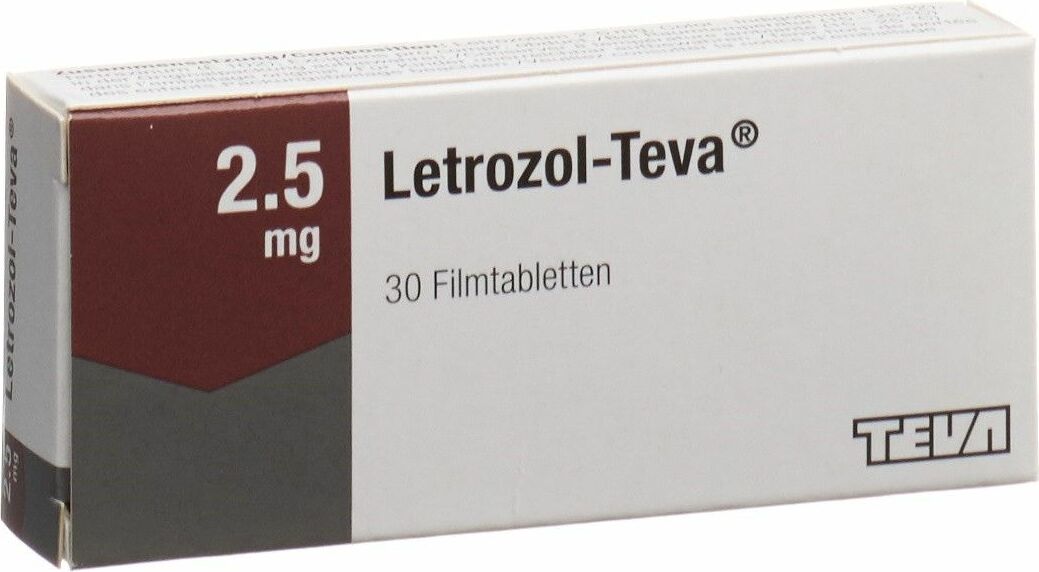Description
Pharmacokinetics
- Metabolism
Metabolic clearance of letrozole is carried out under the influence of isoenzymes CYP3A4 and CYP2A6 of cytochrome P450 with formation of pharmacologically inactive carbinol metabolite (CLm=2.1 l/hour). Metabolic clearance is relatively slower relative to the rate of hepatic blood flow (about 90 l/hour). The formation of minor unidentified metabolites as well as direct excretion by the kidneys and through the intestine play a minor role in the excretion of letrozole.
Two weeks after administration of radioactively labelled letrozole in healthy postmenopausal women, 88.2±7.6% of radioactivity was detected in urine and 3.8±0.9% in faeces. At least 75% of the radioactivity detected in urine up to 216 hours after ingestion was attributable to the carbinol metabolite glucuronide, about 9% to two unidentified metabolites and about 6% to the unchanged substance.
- Excretion
The apparent elimination half-life from blood plasma is about 2-4 days. The equilibrium concentration is reached within 2-6 weeks of daily administration of a daily dose of 2.5 mg. Some non-linearity of pharmacokinetics at daily administration of letrozole in the dose of 2.5 mg is noted, because the plasma concentration in the equilibrium state is about 7 times higher than the concentration measured after a single dose of 2.5 mg (the expected concentration in the equilibrium state is 1.5-2 times higher than after a single dose of 2.5 mg). Since the plasma concentration at the equilibrium state remains stable for a long time, it can be concluded that there is no prolonged cumulation of letrozole.






Reviews
There are no reviews yet.